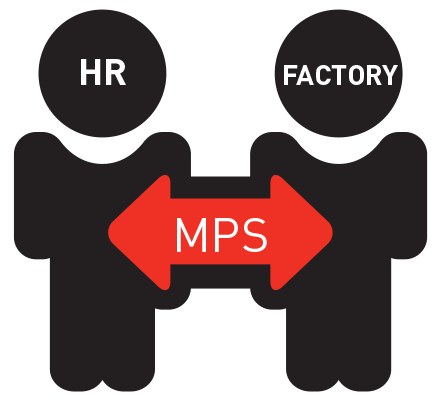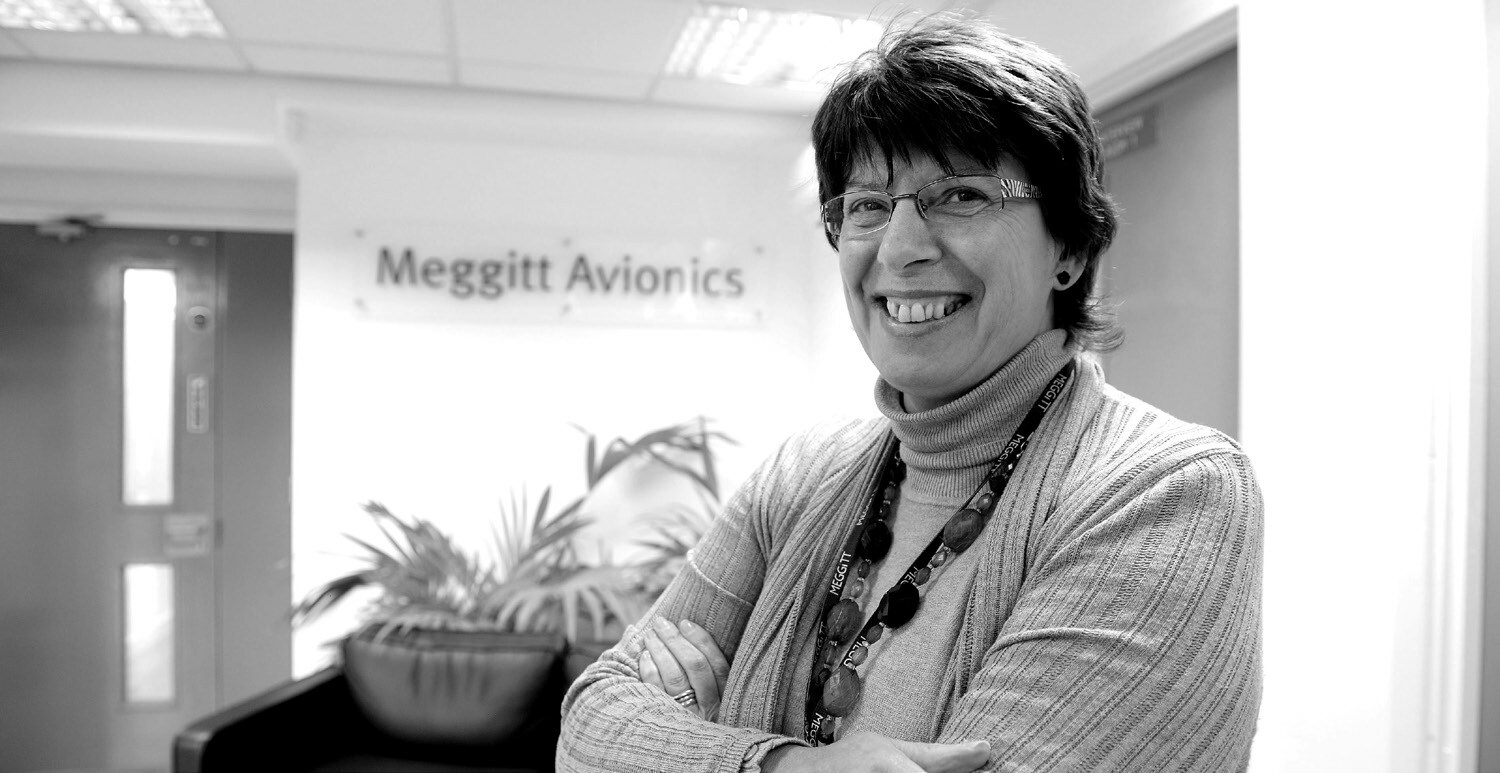In step with the business
When Human Resources Manager, Linda Sear saw what Meggitt Production System was going to do for the Meggitt Avionics factory, she knew immediately that HR should join in.


Above: Linda Sear: MPS has been invaluable in homing in on obstructions and inefficiencies in the recruitment process and engaging the rest of the business in their removal.
The HR DLA meeting—now in its second iteration—has been invaluable in homing in on obstructions and inefficiencies in the recruitment process and then engaging the rest of the business in their removal
The chance was there for every department", says Sear. “I felt it was a great opportunity to follow closely what the business was doing so we would all speak the same language and understand the same things about how the business is run.”
A nationwide shortage of technical and engineering skills puts HR functions at the sharp end of managing the performance and growth of any engineering operation. Meggitt Avionics is no exception, says Sear: “It’s usually engineers we are looking for and they are the toughest to recruit.”
It’s usually engineers we are looking for and they are the toughest to recruit
The HR DLA process—now in its second iteration—has been invaluable in homing in on obstructions and inefficiencies in the recruitment process and then engaging the rest of the business in their removal. “Two main problems emerged. Right at the start we weren’t getting quality CVs from our agencies. Then, further down the line, we were taking far too long to make our offers, especially to engineers.”
The average interview-to-offer time was two to three weeks. Now it’s a maximum of 48 hours. “Engineers want to see appropriate data even if it is an HR process they are looking at. The MPS tools have enabled us to provide that. And once we had defined the problem we were then able to work with Engineering to implement improvements to the process,” says Sear.
Working on the interview-to-offer problem underlined the importance of choosing key performance indicators that improve communications with the rest of the business as well as improving HR’s own internal processes. As a consequence the DLA board is very much a work-in-progress. “We are using complaints as our ‘Quality’ measure,” explains Sear, as she reviews the board’s columns, “and for ‘Delivery’ we are developing a measure based on CV turnaround times.Our ‘Inventory’ is, of course, our workforce and so we are developing a KPI based on new starters. ‘Productivity’ is tricky because by necessity we are often very reactive—which can be frustrating. You might be surprised how frequently whole days can be lost under a deluge of ad hoc enquiries and requests. We want to exercise more control over the day, so the team is running an experiment. At morning DLA each person states one important action they will commit to getting done that day, whatever else happens, and then we track those actions.”
It’s very rare for an HR department to deploy production-style tools in this way, says Sear, citing the reactions of her networking group of HR professionals: “I know a lot of HR people in manufacturing companies who have Lean. And they have got some of these tools. But they certainly don’t extend them to the HR team.”
If the experience at Meggitt Avionics is anything to go by it’s clear that all support teams should be included, says Sear. “At first, just like everyone else, we thought ‘how are we going to find time to do all this new work?’ But it’s not extra—it’s just a new way of working. Now, every day at ten o’clock we have our DLA. There’s no need to gather up the team. Everyone is fully engaged and keen to participate. They are all there—waiting for me, usually—absolutely committed to it. It really works for us.” ■
The average interview-to-offer time was two to three weeks. Now it’s a maximum of 48 hours
